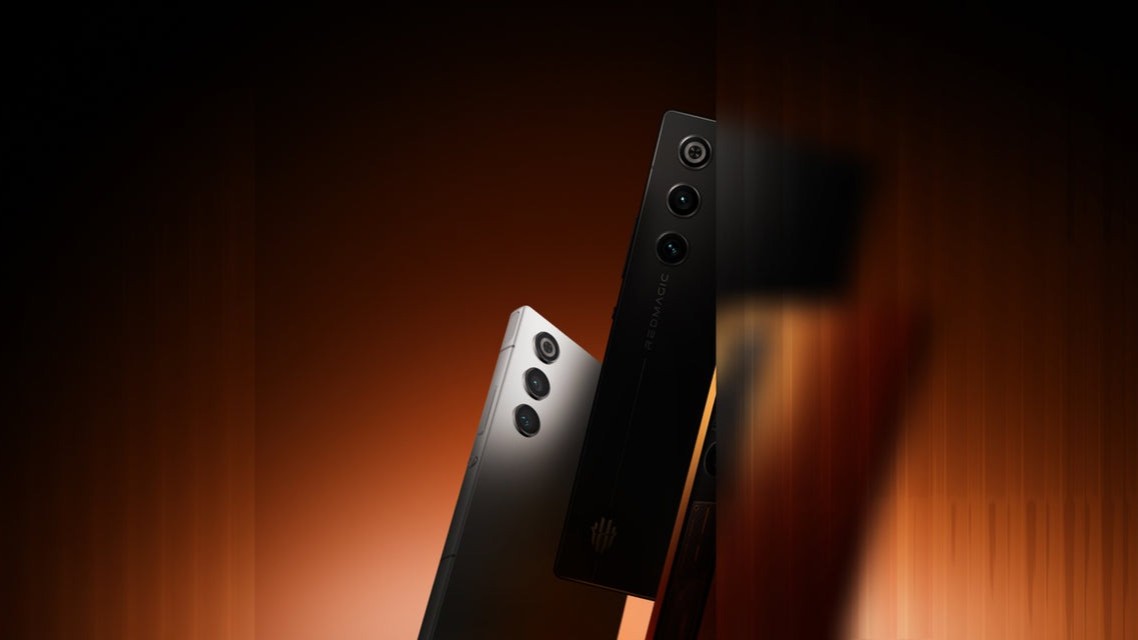Apple VR and the Oculus Quest Pro seem to have all the right things in common
Smaller headsets, bigger budgets.
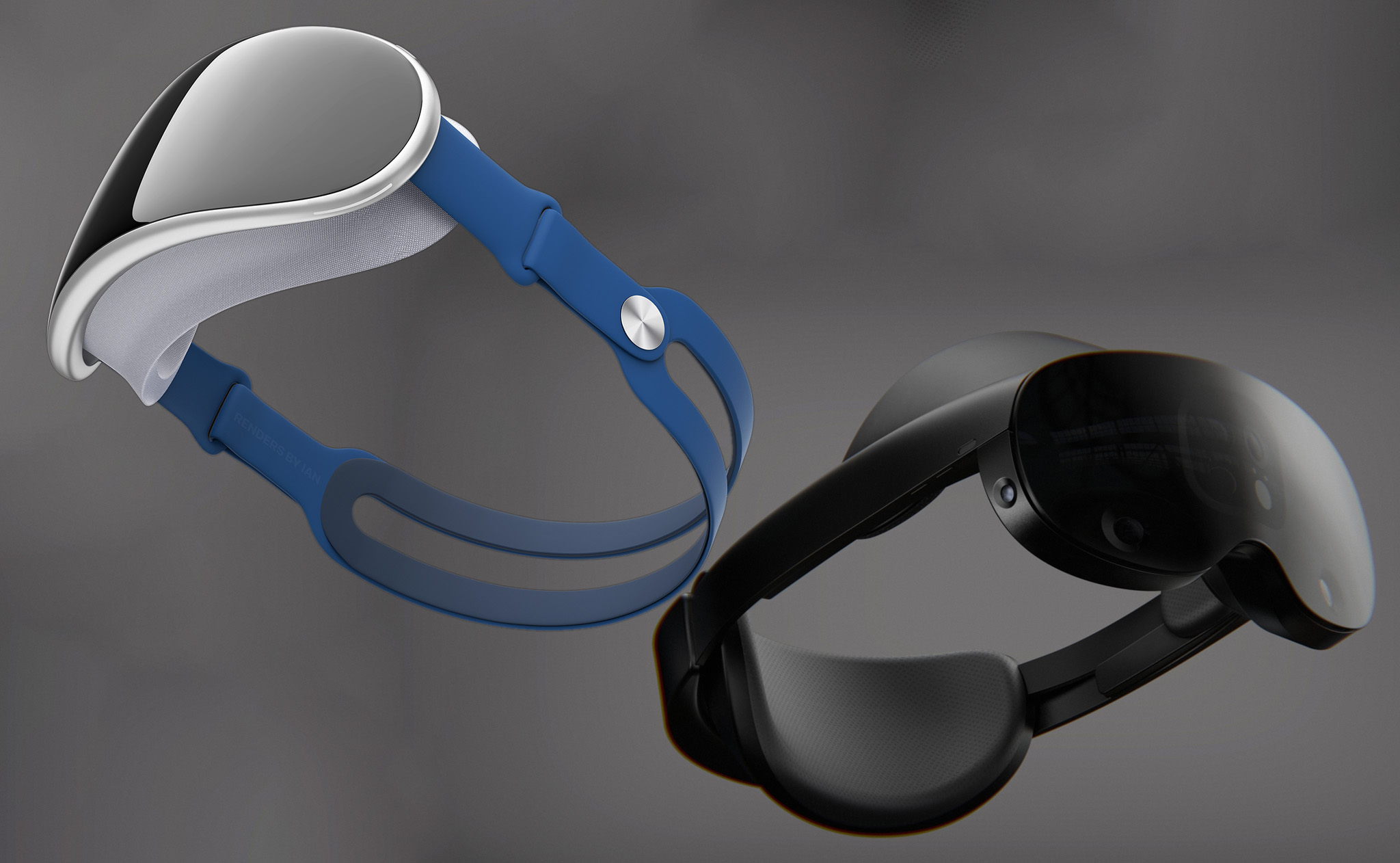
As we sit on the precipice of two major VR announcements this year — Apple’s VR glasses and Meta’s upcoming Project Cambria headset — it’s becoming increasingly clear that both of these headsets have an incredible amount in common. At the heart of all this is a design philosophy that isn’t centered around one medium. Instead of just VR, you get a combination of virtual reality and augmented reality known as XR or, sometimes, mixed reality.
I had the pleasure of speaking with John Fan, PhD, the CEO and founder of Kopin Corporation, who has been working in the AR/VR industry for over 30 years. What specifically got my attention was Kopin’s Pancake lenses, a product that delivers thinner lenses than anything currently available in the consumer AR/VR space. In fact, the slim and sleek Apple VR headset and Meta Project Cambria are made possible by pancake lenses, which replace the Fresnel lenses on headsets like the Oculus Quest 2.
But do these flatter lenses really make a difference? Does a wider FoV matter? Will Apple actually try to take the VR space over from Meta, and what role does Fan’s company play in all of this? Those answers and more are below.
The Quest for smaller headsets
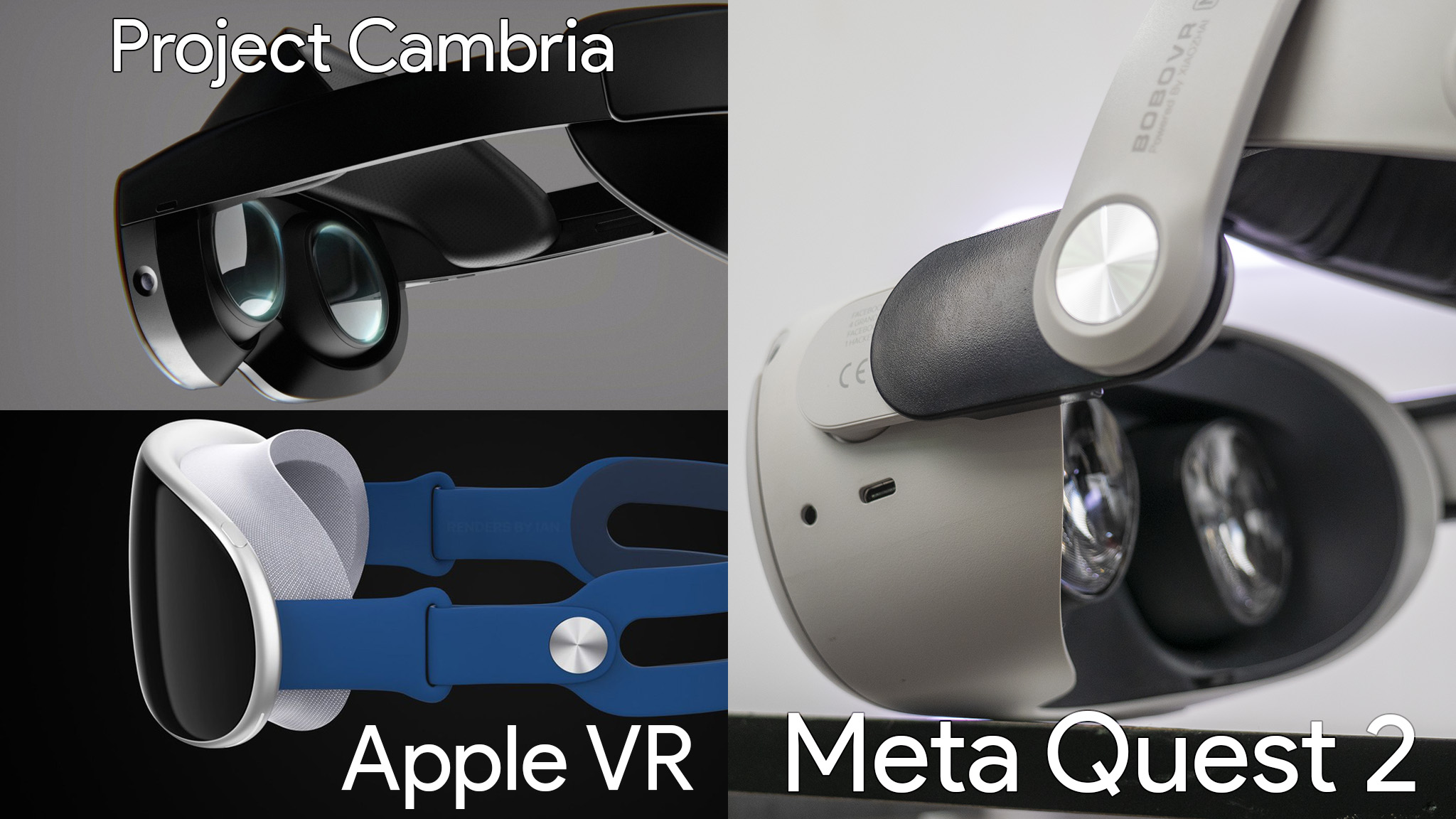
Over the past six years, consumer VR headsets have shrunk considerably in size and bulk. Despite using the same lenses, the Meta Quest 2 was a whopping 84mm thinner than the original Oculus Quest when it launched. Now, with the coming Apple VR headset and Meta’s Project Cambria — which is assumed to be called the Meta Quest Pro at this point — headsets are being shrunk even further.
The secret? Pancake optics.
But, what’s particularly interesting is that pancake optics aren’t anything “new,” per se. Kopin Corporation actually owns the global trademark for the term “pancake optics” since Fan is the inventor of the term.
So what makes pancake optics different from the current tech? Fan describes pancake optics as an “accordion” that bounces light and magnifies an image. Think of it like one of those rooms full of mirrors, which make the room appear much longer than it actually is. Pancake optics can take a tiny display and magnify it, all without needing much physical space.
Be an expert in 5 minutes
Get the latest news from Android Central, your trusted companion in the world of Android
3M showed off a pancake-style prototype in 2021, which illustrates the massive physical difference between current Fresnel lenses and upcoming pancake ones (seen below).
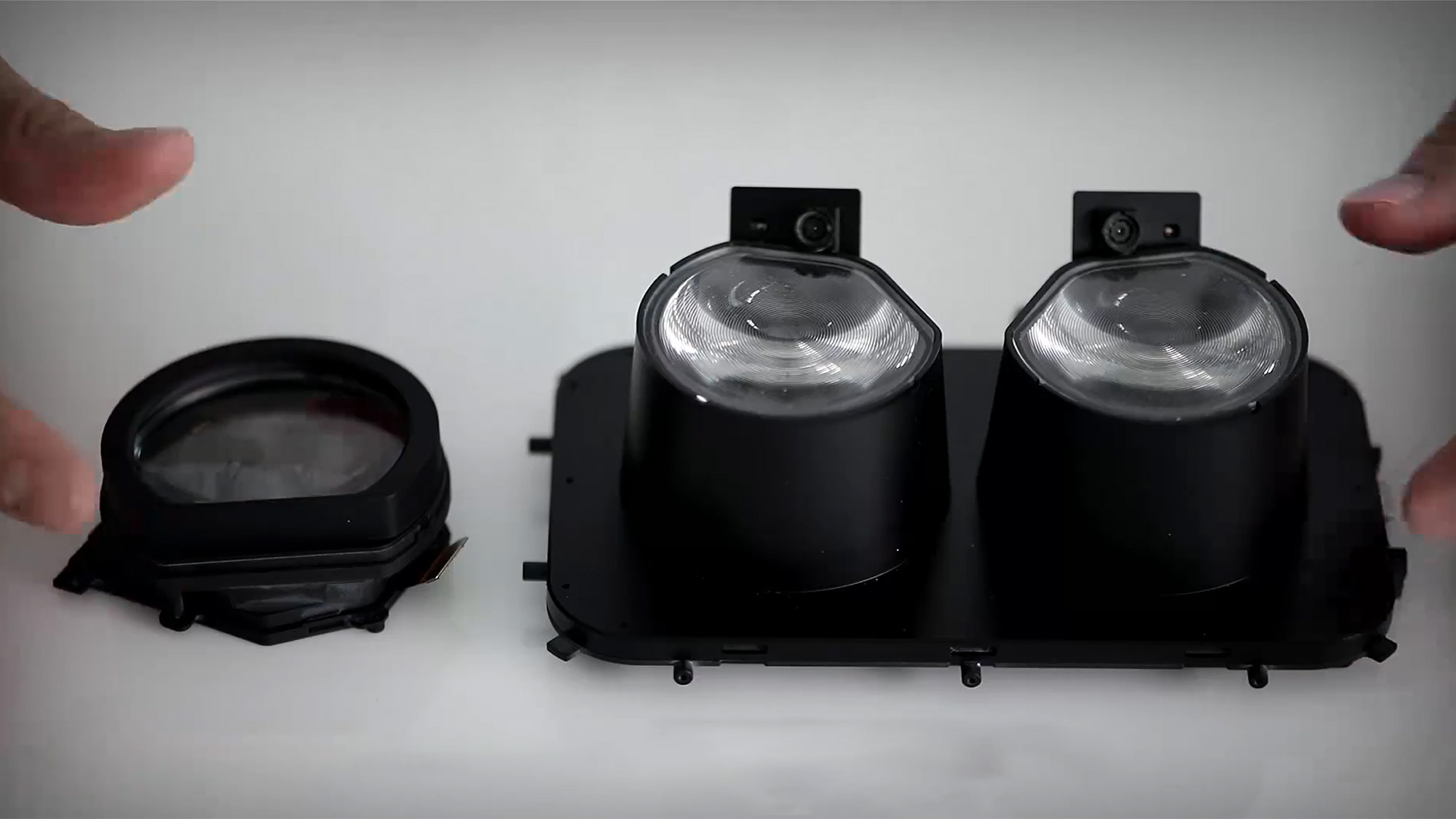
The difference in headset depth can be easily seen in the leaked prototypes for Meta’s Project Cambria that have been floating around, which showcase a headset that’s substantially thinner than the Meta Quest 2. Similarly, Apple’s VR headset is thought to use some form of pancake optics, which help give it the sleek profile we’ve seen in leaked schematics and renders on the web.
Pancake optics aren’t just good for slimming things down. They’re also great for dropping the weight that VR headsets have become infamously known for.
Despite consumer VR headsets only just now appearing with slimmer profiles, Fan points out that his company has been producing pancake optics for military use for over a decade now, specifically in gunsights. However, the technology is only now becoming affordable enough to be put into a consumer headset. As we well know from the rumored $799 price of the Quest Pro (and the assumed lofty price of the Apple VR headset), that doesn’t necessarily translate into affordable for many potential users.
But pancake optics aren’t just good for slimming things down. They’re also great for dropping the weight that VR headsets have become infamously known for. Aside from the smaller size, pancake optics — at least, the ones from Kopin — are made of plastic instead of glass. Plastic is also less expensive and easier to mass-produce than glass in these sorts of products. Based on what we know, that’s not going to help Apple or Meta’s new headsets much but, at least in the future, the lenses shouldn’t be a cost-prohibitive part.
Bigger is not always better
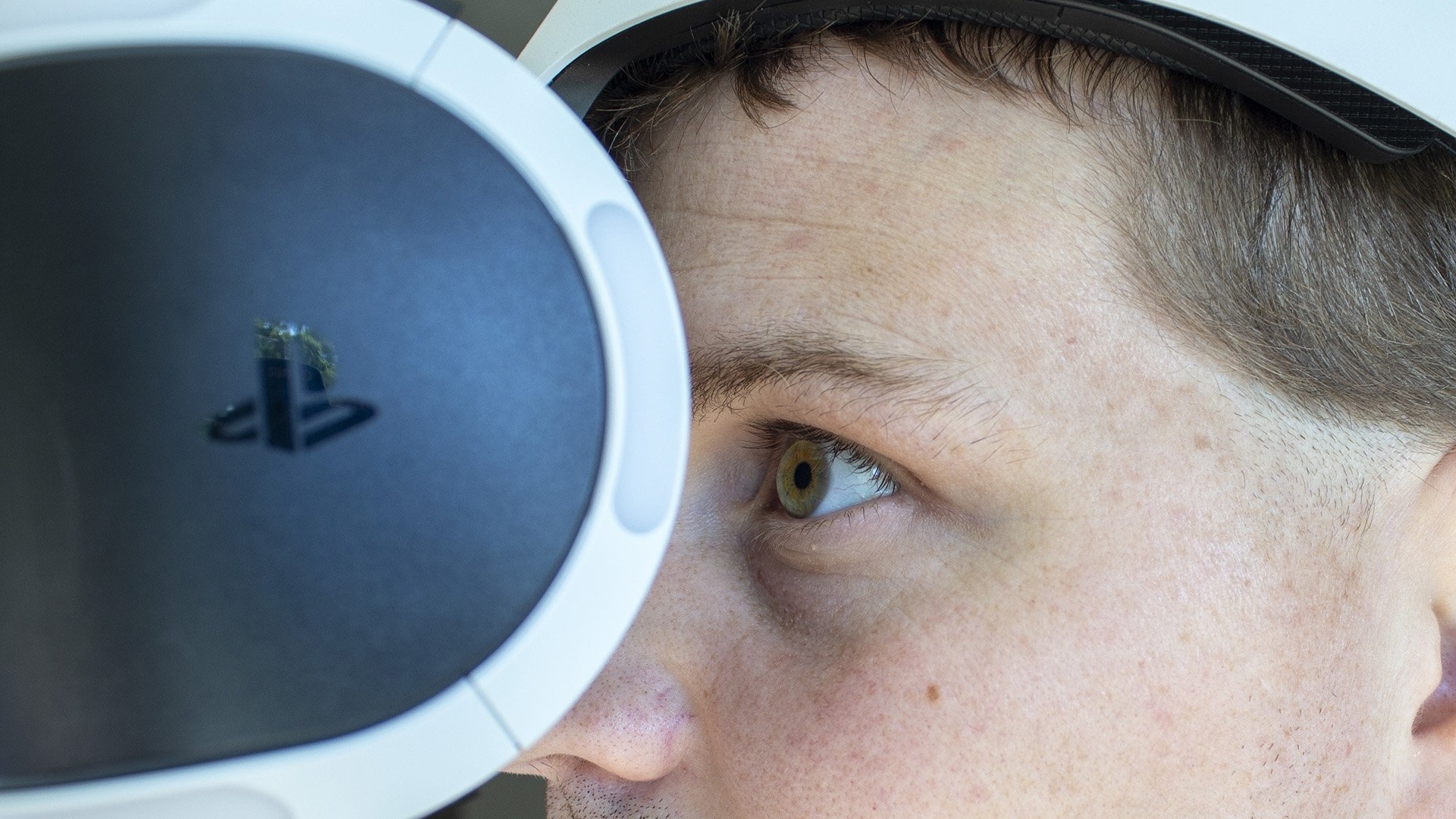
Anyone who has used a VR headset will tell you how narrow the field of view (FoV) is on most headsets. In the case of the Quest 2, you’re looking at a roughly 88 to 90-degree FoV, which is roughly half that of what the human eye can naturally see. The result is a sort of tunnel vision at first, although the feeling tends to melt away the longer you immerse yourself in an experience or game.
Fan told me he doesn't think that a wider FoV is the answer to making VR headsets better. At least, not for the time being.
As such, many have called for future VR headsets to widen the FoV to create a more natural sense of being and immersion. Upcoming headsets like the PS VR2 will be employing a wider, 110-degree FoV for this reason.
But Fan told me he doesn't think that a wider FoV is the answer to making VR headsets better. At least, not for the time being. I found this quite surprising since the prevailing wisdom among enthusiasts says that wider FoV is always better. In fact, some headsets from companies like Pimax push that FoV to 200-degrees.
Despite a few enthusiast headsets pushing that narrative, Fan is not the only one that thinks FoV isn’t the most important part of the puzzle right now. Andrew Bosworth, the current CTO of Meta, also agrees and even talked about it on his most recent AMA on Instagram.
Unpopular opinion but I'm with Boz on that one.Adding 10% more fov won't sell any more headsets. It will just make the hardcore fans happier imo.Add processing power, better battery life and pixel density.Shadows are more immersive than seeing blurry on the edge of the eyes. https://t.co/b70OngOwxlJune 2, 2022
Wider FoV reduces effective resolution, therefore making the display look lower quality.
Some could say he’s doing this to downplay expectations of super-wide FoV on the upcoming Project Cambria headset, but Fan says that wider FoV reduces effective resolution, therefore making the display look lower quality.
Case in point, the PS VR2’s display pushes a resolution of 2000x2040 per eye, while the Quest 2 only hits 1832x1920 per eye. Despite that difference, the effective resolution of the two headsets is the same because of the FoV difference.
Some have surmised that peripheral vision can be simulated by using lights instead of an actual display. That would create a similar effect since the human eye doesn’t perceive much detail in the periphery, and would likely work similarly to a Govee TV backlight, providing a wealth of depth information with little processing effort.
The past is transparent
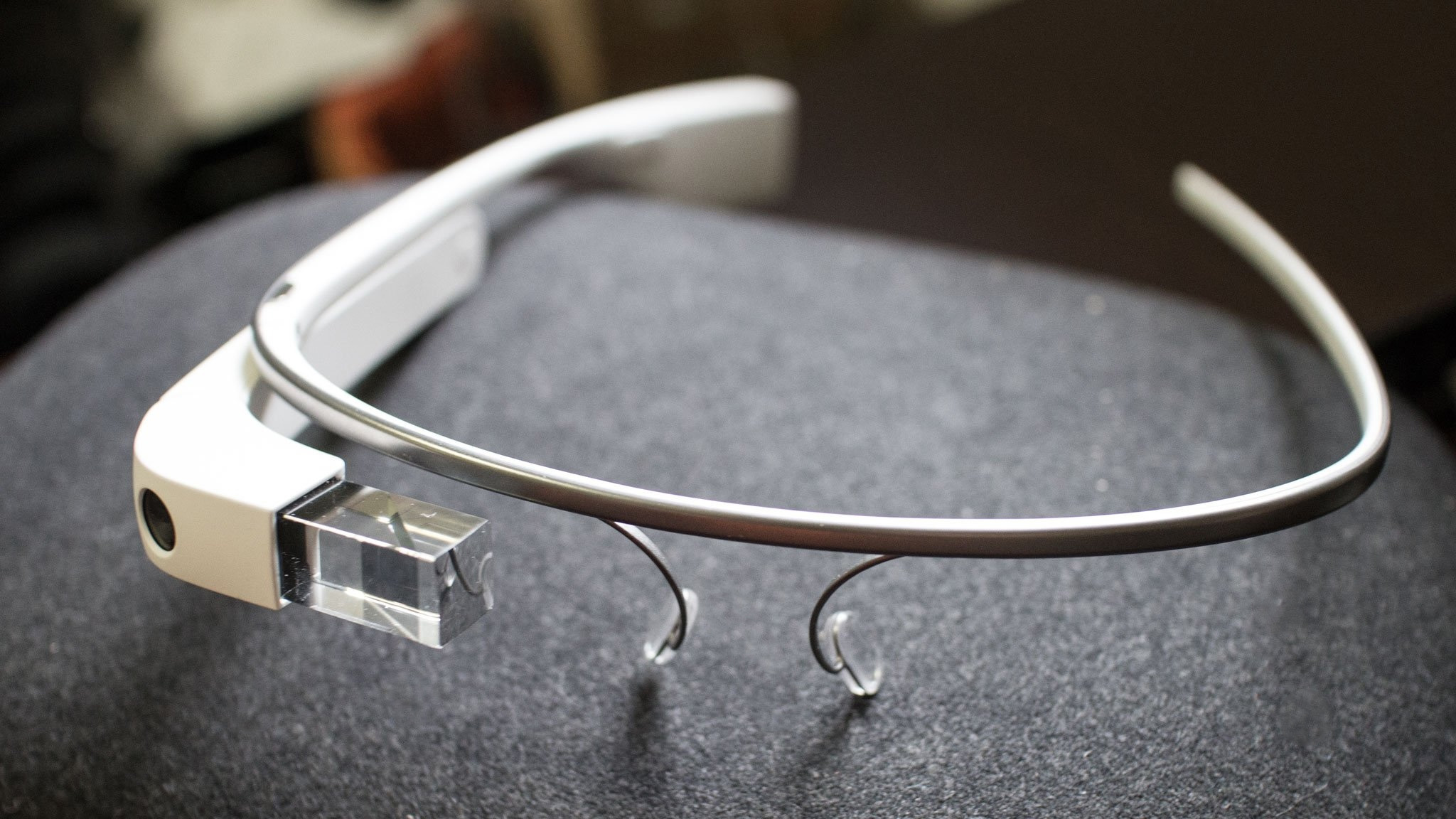
When Google Glass first launched, the lone crystal display that hovers just above the right eyeball became a focal point for the device’s design. When you wore it, information displayed on Glass was always visible just above the center of your view.
But this kind of design was extremely limiting. Not only could you only fit a very small amount of information on the tiny display, but it wasn’t comfortable to look upward for long periods of time.
Technology isn’t the limiting factor, in this case. It’s actually the human brain.
That’s because technology isn’t the limiting factor, in this case. It’s actually the human brain — maybe, more specifically, how human eyeballs work and how the brain perceives information through different focal planes. Case in point, if you’re trying to focus on a small transparent display right in front of your face, then focus back on the real environment around you, your brain and eyes are going to get tired very quickly.
Fan notes that this was one of the biggest limitations of Google Glass when it was released and why future XR headsets that utilize video see-through will win the consumer mindshare over glasses or headsets with transparent displays.
That’s because video see-through — or what many people just refer to as mixed reality in a headset — is all presented on the same visual plane. When everything is presented on a single display, virtual objects better meld in with real objects and don’t require a person’s eyes to constantly refocus on different things. It’s all right there to see and takes no real effort on behalf of your brain.
The Meta Quest 2 already does this but is limited to displaying just black and white video because of several factors. The upcoming Project Cambria claims to fix this and, as Zuckerberg showed off, can make it possible to do even more in VR than ever before.
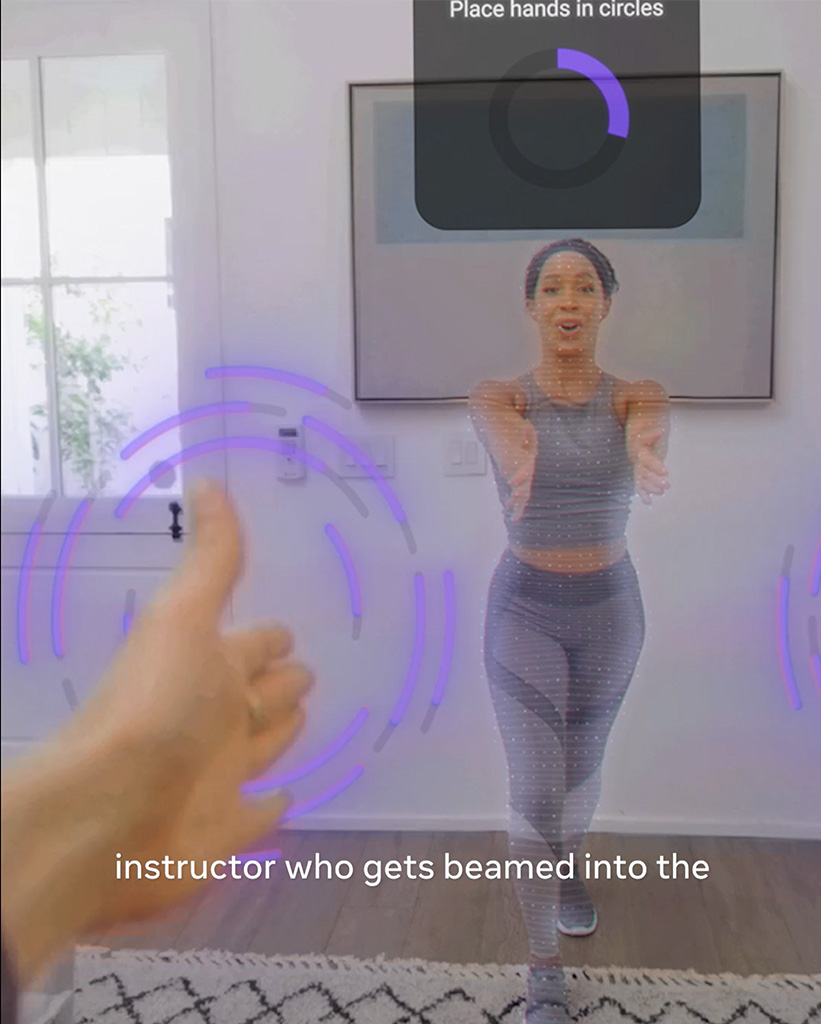
One of my favorite examples is working out with a trainer in your own physical space at home, as the person instructing the workout appears to be realistically “beamed” into your space. But it’s not just about “realism” here for me. It’s also about helping people work out with the proper form. Meta’s video showed how the instructor would ask users to put their hands in a certain position to get the position right, and I imagine rumored Cambria features like body tracking would further enhance such a potential feature.
It’s said Apple’s VR headset could be using the same kind of mixed reality technology to enable better at-home workouts, enhance productivity by creating virtual monitors for your computer, and many more things. The Quest 2 can already do most of this but, as is always the case in technology, something better is just around the corner.
No matter which company you go with in the end, the future seems pretty clear. Future headsets will offer the ability to mix the virtual with actual reality in a way that’s not currently available, and that’s extremely exciting to think about.

